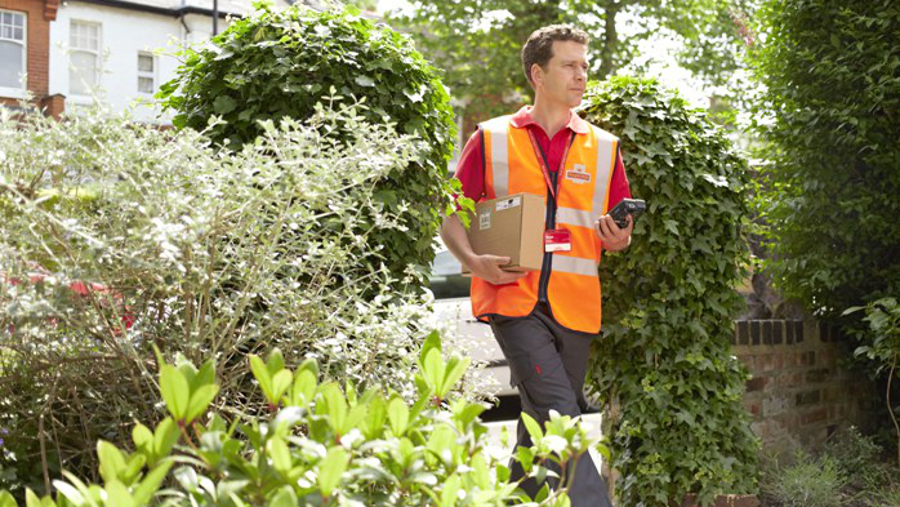How SaaS has opened new doors for the post and parcel industry
Delivering in every sense of the word

NetDespatch was among the first to develop Software as a Service (SaaS) solutions. The web technology developed by the company had a huge impact on the parcel delivery sector; new business models, such as CollectPlus, could be brought to market quickly, and operators could increase volumes without the heavy investment and operational restrictions imposed by conventional IT systems.
We spoke to CEO Becky Clark, who gave us some insight into the challenges faced by industry players, as well as achievements and future strategies.
TechRadar Pro: Where did the idea for your software come from?
Becky Clark: Back in 1998, having previously provided PC-based parcel despatch solutions, we realised that the internet would provide the ideal method of communication between shippers and their postal and parcel carriers. We came up with the concept of an application hosted on a web server, delivered through any web browser, which would allow carriers to offer their customers a fully managed and hosted solution through which they could easily label their parcels and track their shipments.
The pricing model was unique; retailers could use the SaaS solution free of charge, as all costs would be met by the postal or parcel carrier on a pay-per-parcel basis. All the carriers and their customers needed was an internet connection and a web browser. The platform would provide everything else – hardware, software, monitoring, security, resilience and scalability – and automatically produce the correct barcode shipping labels, manifests and even customs documents.
Over the last fifteen years we have seen a paradigm shift in the IT solutions required by retailers for parcel delivery, with exponentially increasing volumes of parcels due to online retailing and home delivery, and more delivery options such as leave-with-neighbour, time-slots, click-and-collect and locker boxes. Web-based solutions are now the norm, and seamless integration of sales order processing and warehouse systems, sub-second label production, real-time parcel tracking and automated pre-advice to the carrier are considered must-haves by the major carriers and their customers.
TRP: What were the technical issues and challenges 15 years ago, and how did you overcome them?
Are you a pro? Subscribe to our newsletter
Sign up to the TechRadar Pro newsletter to get all the top news, opinion, features and guidance your business needs to succeed!
BC: The web servers that were available in 1998 were designed more for reading data than for writing it. We tried every major manufacturer before deciding that we had to have servers especially made for us that could both read and write data at high speeds.
Pre-broadband internet connections were slow and the cloud didn't exist. In the era of dial-up modems, access to the internet was not widespread and was unreliable. There were no application servers, load balancers or message queues, and web services were in their infancy. So we had to create all of this software ourselves. Gradually over the years we replaced all of these with industry standard applications and middleware components, and today our processing power is delivered through hundreds of virtualised servers from industry standard hardware.
We worked closely with a few early adopters to produce the software that they and their customers wanted, and we had to develop fast, efficient, highly resilient and expertly monitored systems.
TRP: What factors helped to drive the market?
BC: The development of omni-channel retailing, starting with the move from catalogue to online retail, changed the market from a B2B (Business to Business) model to a B2C (Business to Consumer) model. Both retailers and parcel carriers needed systems that would handle significantly greater volumes of parcels, for delivery to home addresses as well as businesses.
It became absolutely essential that home delivery address data was accurately gathered at the point of booking, and seamlessly streamed through to point of despatch, to ensure that the correct labels were produced for each parcel.

Désiré has been musing and writing about technology during a career spanning four decades. He dabbled in website builders and web hosting when DHTML and frames were in vogue and started narrating about the impact of technology on society just before the start of the Y2K hysteria at the turn of the last millennium.